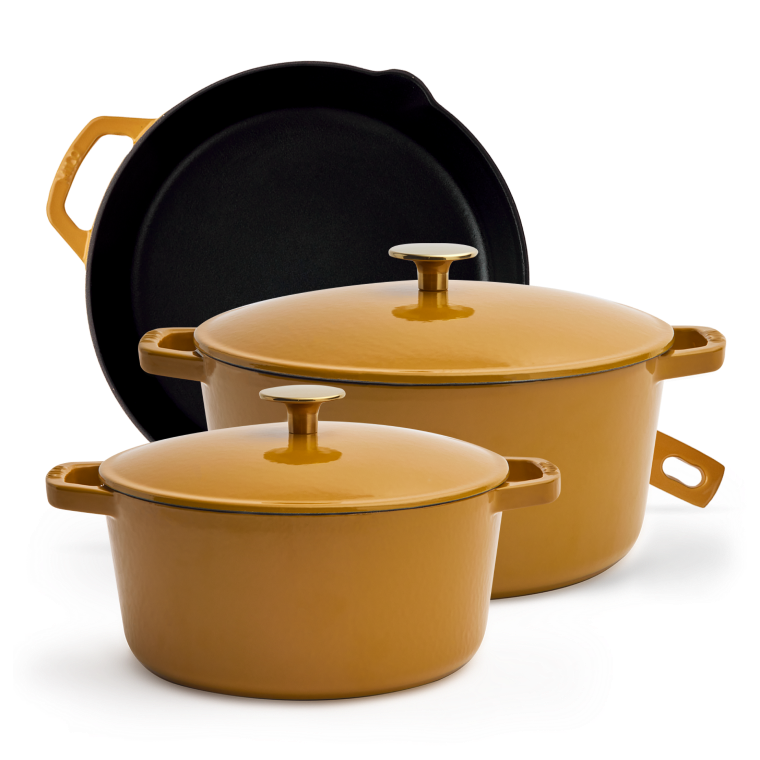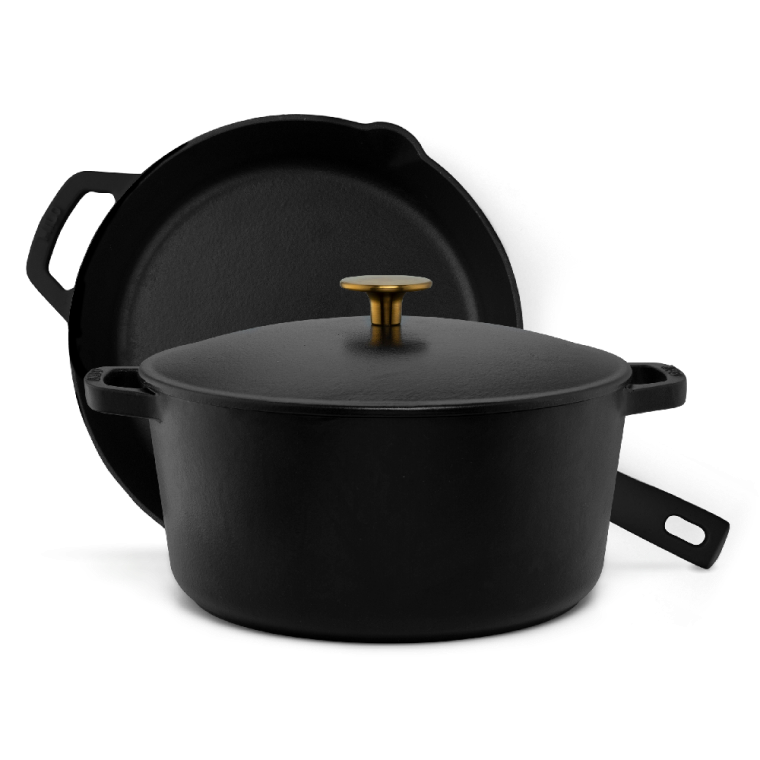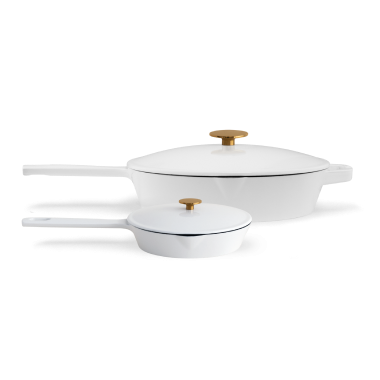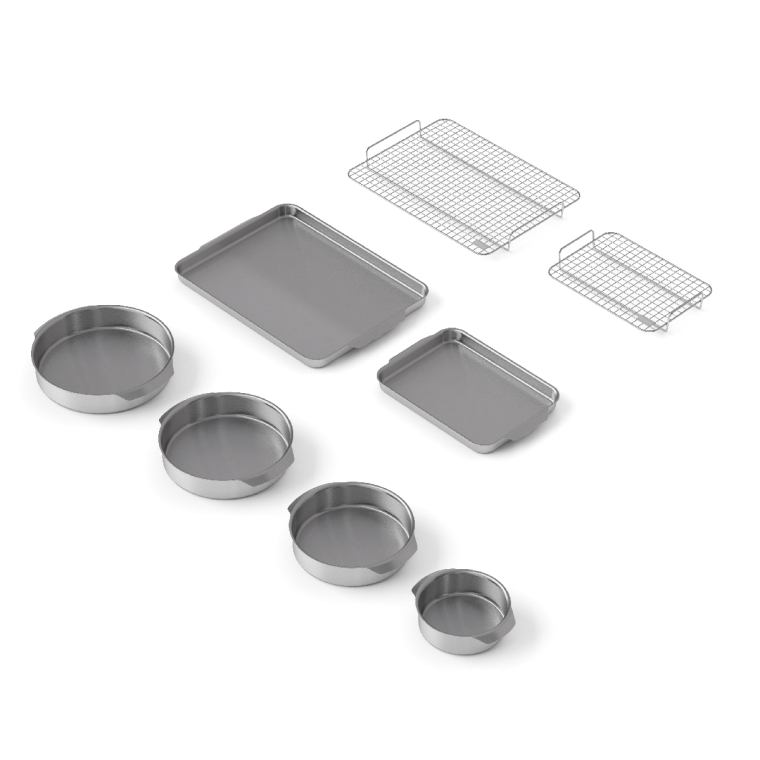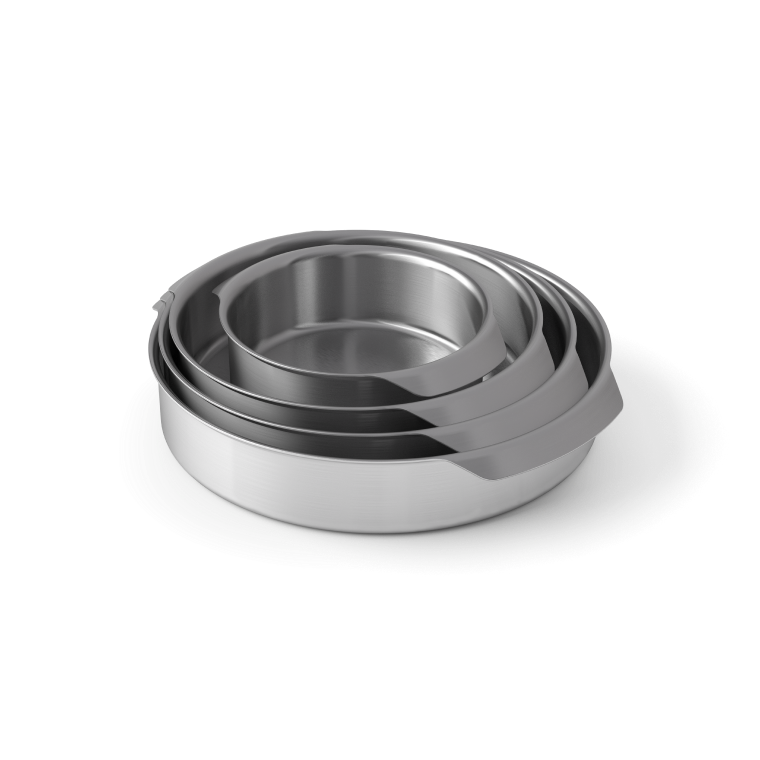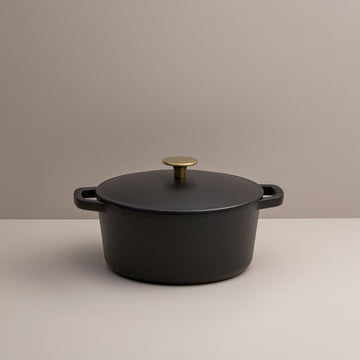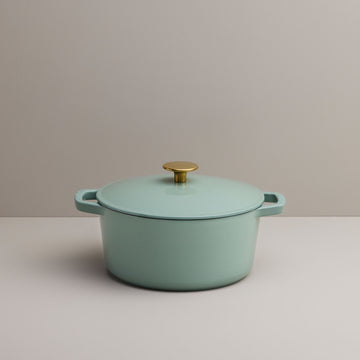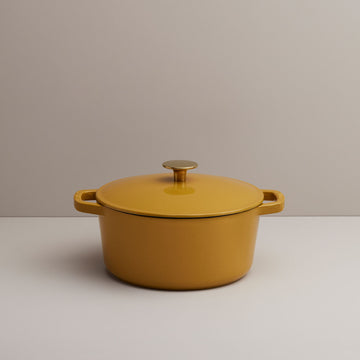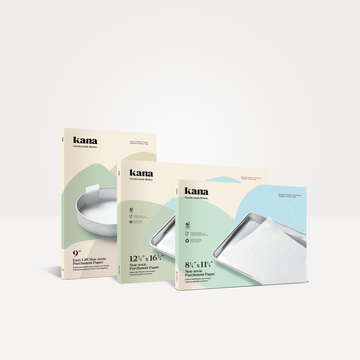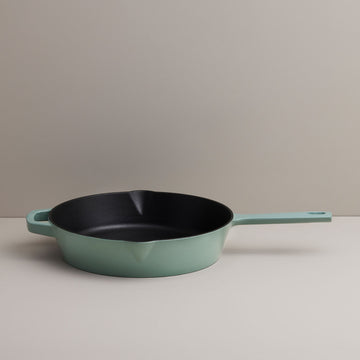
From getting to know the benefits of composting to creating your very own composting heap, we’ve broken down the leg work that goes into composting at home. Check out these six top tips to getting started as well as a few tricks you’ll need to look into before you begin.
Every year tons of organic matter ends up in landfills when there’s really no need. Composting is an excellent way to reduce what goes in the trash and, in the long run, you help yourself to healthier gardens. Here’s a little bit about composting, the first big step you’ll have to take and 6 top tips to get you set up as you begin your composting journey.


Understanding composting and its benefits
Composting naturally breaks down organic matter allowing it to be used to fertilize your homegrown garden. The key to creating beneficial compost is achieving a good carbon to nitrogen ratio. Carbon rich materials such as twigs, leaves, shredded brown paper, coffee grounds and filters and egg shells are just the tip of the carbon-based iceberg. Kitchen waste, manure, green leaves and grass clippings are healthy in nitrogen and provide building blocks for the creation of enzymes. Alternating these types of composting materials will help create a great base.

Research how composting works in your community
Before getting started on home composting, check with your community to be sure personal composting is permitted. Many towns and cities provide collection programs and bins for composting. Do a little local community research before investing in an equipment.
JOIN THE CLUB
Like this story?
You’ll love our newsletter!
You’ll love our newsletter!
Getting started
Once you get the go ahead to start composting at home, there’s a few things you’ll need to get set up. Here are our top tips:
-
1Choose the right location for your compost pile in your backyard. Putting it in an area that doesn't easily dry out is essential. Some sun is ok but ideally it would be in a mostly shaded area.
-
2Build a simple yet secure structure for your compost pile. Using chicken wire and wood will keep the compost in and scavengers out. Many websites sell moveable tumblers for compost if permanently committing an area of your backyard to a compost heap isn’t your thing.
-
3Make sure that you begin your compost pile on bare earth. Put down a layer of twigs and branches to help with irrigation.
-
4Start piling up your compost heap. In the beginning, add as much as you can in bulk like leaves, wood chips and other large amounts of material. Add manure to help activate the compost pile and then go to town with all organic and compostable materials. If possible, alternate wet (food waste, soggy leaves, etc.) and dry (straw, wood chips, etc.) waste. You’ll see your landfill contribution dramatically decrease.
-
5Make sure you keep your compost covered. It keeps the moisture and heat in. Both are very important in the process. It also keeps unwanted guests out.
-
6Every few weeks give the compost a good turn. Mixing up the compost gets air circulating and helps with breaking down the matter. If it starts to smell, cover it with more dry materials like sawdust or wet materials like fresh cut grass. It will cut down on odor.
Over time you will see the fruits of your composting labor and you’ll be able to use that to keep your gardens green and healthy. Having a small kitchen composting container will make it easy to collect organic matter and keep it under the counter. You won’t have to go out after every meal.

What not to put in your compost pile
Avoid adding meat products and bones to your compost as it can provide a tasty snack to your little four legged scavengers. Don’t add fruit peels of any kind (unless they are locally grown and not treated) as they may contain pesticides. Finally, don’t add pet droppings or weeds to your compost pile. Especially if the compost will be used to grow crops of any kind.
Keep exploring

Recyclable, compostable, biodegradable: what's the difference?
Having a good handle on what’s recyclable, compostable, and biodegradable is just one way you can set yourself up to make decisions that are good for you and the planet.

Kana Parchment Paper is PEFC-Certified - here's what that means
Supporting sustainable forestry is a powerful way we can all work to revitalize the Earth's forests after decades of destruction.
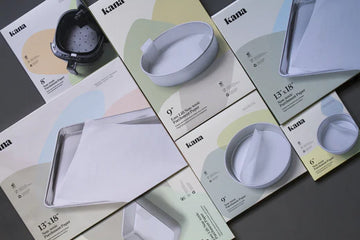
3 ways to a healthier kitchen with Parchment Paper
With its nonstick, heat-resistant and greaseproof surface, parchment paper is a must-have for cooks who crave a healthier kitchen.
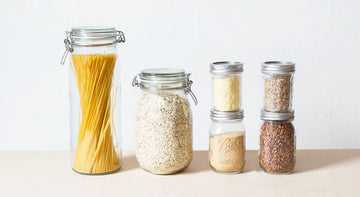
Essential items for your eco-friendly kitchen
The kitchen is a great place to start when moving toward a more eco-friendly home. Here are some kitchen essentials you can easily make eco-friendly swaps for today.
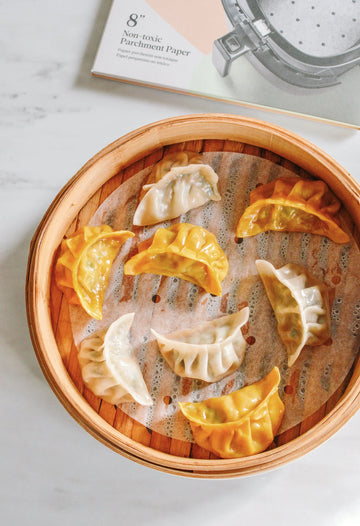
How to fold and steam homemade chinese dumplings
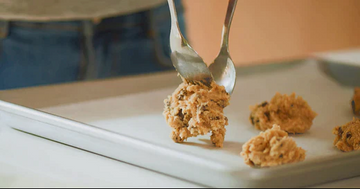
Parchment Paper versus Wax Paper: what’s the difference?
They’re both non-stick, greaseproof, and you can find them side-by-side on supermarket shelves. So when it comes down to it - what is the difference between parchment paper and wax paper?

Recyclable, compostable, biodegradable: what's the difference?
Having a good handle on what’s recyclable, compostable, and biodegradable is just one way you can set yourself up to make decisions that are good for you and the planet.
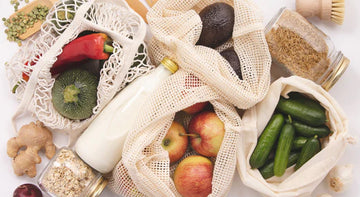
The problem of food waste (and what you can do about it)
There are few things quite as disappointing as seeing perfectly good food go to waste. Turns out it’s not just regrettable for food lovers, it’s a significant strain on the Earth, too.
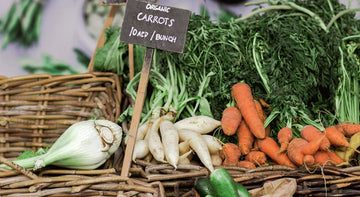
3 very good reasons to start shopping locally
When it comes to buying groceries and other goods from your local businesses, your dollar goes further than you think.

A guide to fresh home-grown herbs all year long
All the information you need to start growing a window box garden filled with fresh herbs for your favorite dishes.

How to get your garden ready for spring
By April spring is in full swing and it’s the perfect time of year to start planning your garden. So while the April showers come down, get started with these simple steps that will help put a smile on your face as you watch your garden come together.

Kana Parchment Paper is PEFC-Certified - here's what that means
Supporting sustainable forestry is a powerful way we can all work to revitalize the Earth's forests after decades of destruction.
